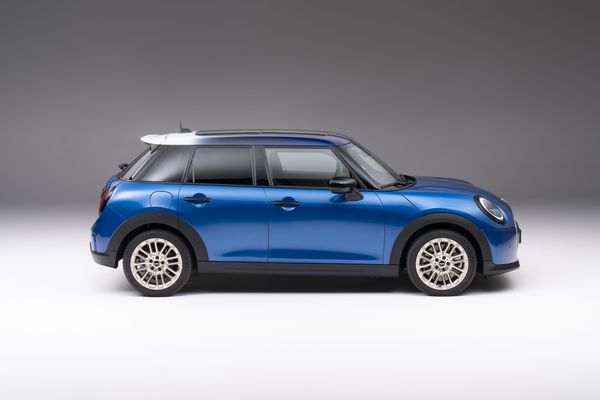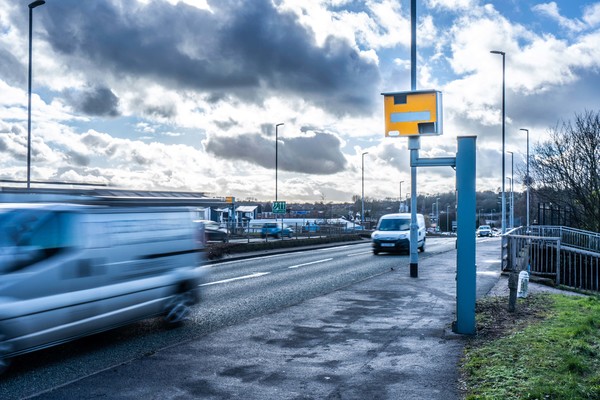HAVE you been dazzled by some of the bright new-style headlights? Have you wondered how they could possibly be legal? Well, the glare from increasingly powerful car headlamps has sparked calls for government action.
With advances in car headlight technology bringing ever more powerful illumination for drivers at night, on both new cars and aftermarket bulb upgrades, a new survey suggests the issue of excessive glare dazzling oncoming drivers is just getting worse.
Most drivers have been on the receiving end of retina-piercing glare from oncoming traffic at one time or another, but a recent poll of 2,000 drivers by the RAC has highlighted just how problematic excessive headlamp brightness has become. A whopping nine out of ten drivers think some of the headlights being used on the road are just too bright, three-quarters say they’re regularly being dazzled, while three out of ten say most headlights are now producing too harsh a glare.
Two thirds of those experiencing problems said they have to slow down considerably before being able to see well enough to make safe progress again, with a similar number saying some headlights are bright enough to cause accidents and a significant group saying they’ve nearly been involved in crashes because of them.
Ten per cent of drivers find the problem so bad that they avoid driving after dark, the RAC say, while the number rises to 14 per cent for drivers aged over 65. In order to better understand the extent of the problem, the survey asked affected respondents how long it typically takes then to recover safe vision after being dazzled,. Worryingly, 11 per cent stated it takes them six or more seconds to recover safe vision – at 60mph a car would have travelled 160 metres in that time.
So, what is causing the increase in bright car headlights? Reasons include an increasing number of cars fitted with LED headlights, which produce a more intense and focused white beam that’s harder on the eyes than traditionally softer yellow light from halogen bulbs. The popularity of high-riding SUVs is another factor playing its part in the problem.
“Our figures suggest drivers are more concerned than ever about headlight glare, with a huge proportion wanting to see something done about it,” RAC spokesman Rod Dennis said.
“We urgently need the government to take a closer look at the issue, ideally by commissioning an independent study to understand what’s causing an increase in reports of dazzling and, most importantly, what can do be done to keep drivers safe.”
That view is backed by the College of Optometrists, with director of Knowledge and Research Mike Bowen commenting: “Older drivers are likely to be disproportionately affected by headlight glare, so may be more likely to experience difficulties or decide not to drive at night at all.
And there’s more bad new news for older drivers: New eye tests could take 60,000 drivers off our roads. The DVLA is currently working on changes to how vision is tested, but motorists have been told to prepare for law changes requiring extensive eyesight tests.
The current eye test requires motorists to read a number plate from 20 metres away in good daylight. Experts predict compulsory and regular eyesight tests in dark conditions could be introduced in a bid to make the roads safer.








